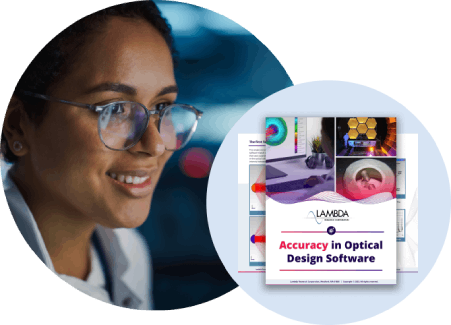
Optics Software for Layout and Optimization meets today’s lens design and optical engineering requirements.
OSLO®
A leading lens design tool that combines advanced ray tracing, analysis, and optimization methods with an easy-to-use, high-speed, internal compiled language to solve a wide variety of new problems in optical design. OSLO works in tandem with our TracePro software to provide a complete and comprehensive design environment.
What our customers say:
"I have been using OSLO for many years. The flexibility it offers by allowing me to modify the damping coefficient in optimization has enabled a very powerful optimization method that has worked great for much of my work. I have had success designing freeform mirror systems with optimization cycles that last mere seconds."
Dave Shafer
David Shafer Optical Design
"The major strength of OSLO for me is its flexibility. The combination of 3 levels of macro language, integrated database feature and generally open architecture allow me to implement “out of the ordinary” design and analysis techniques easily and efficiently."
Jim Contreras
Ball Aerospace
"I have been using OSLO for more than twenty years to help solve even the most complex optical design problems such as zoom systems, systems requiring pupil aberration correction, and systems that depend heavily on aspheres. OSLO also has the power and flexibility to work well for new users, helping them invent and design an incredible array of systems."
Ellis Betensky
"As a long-time and almost daily OSLO user, I have found OSLO to be a powerful and essential design and analysis tool for my profession. The menu structure is efficient and very user friendly. The optimization and tolerancing tools are powerful and easy to use. The SCP and CCL languages built into the software, as well as the built-in functions, greatly enhances its capabilities. I have dabbled with Zemax and Code V at times and found them to be no better even though their costs are significantly higher. If you are new to the optics industry or are looking to reduce costs of your optical design and analysis tools, I recommend that you take a close, serious look at OSLO."
Jim Peterson
Utah State University Research Foundation – Space Dynamics Laboratory
"I have been using OSLO for my entire career. All of my independent optical design and engineering work has been done with OSLO. The program is a joy to use with incredible power and flexibility. When I first used it I found it to be easy to use and modify to solve even the thorniest problems from concept to production. It has always been my clear go-to tool for optical design and engineering."
Richard N. Youngworth, Ph.D.
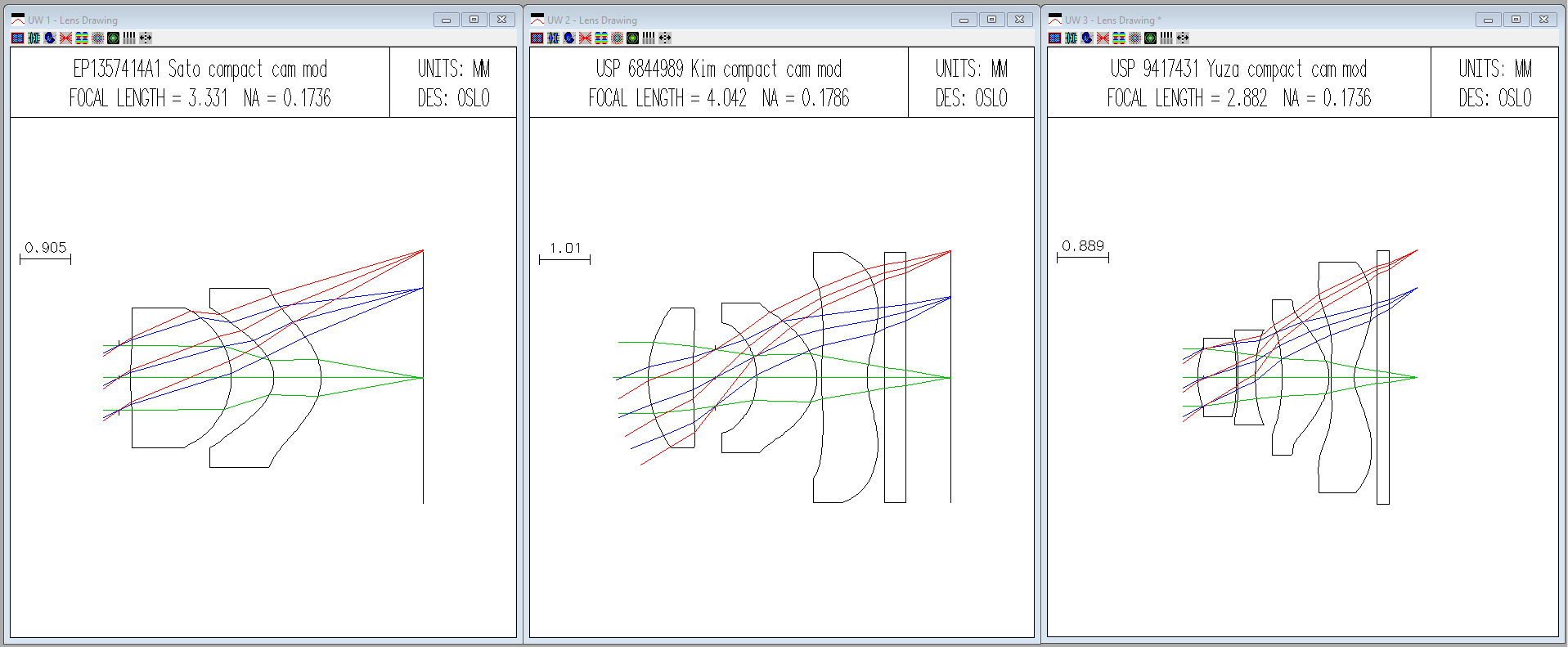
Meeting Today’s Critical Requirements
OSLO (Optics Software for Layout and Optimization) is a powerful and user-friendly optical design program with a wide-ranging scope. OSLO is an excellent choice to meet the needs of optical designers to fulfill their optical system requirements. Our software was designed with the needs of optical designers and engineers in mind. Designers have significant freedom to define and constrain systems with OSLO’s open architecture to design the system they need and the way they want. OSLO has an excellent heritage and has been used longer than most of its competitors to design and engineer manufacturable optical systems with refractive, reflective, diffractive, gradient index, aspheric, and freeform optics. Its superior raytracing, analysis, and solid foundation in accurate physics modeling has made it a valuable choice for many designers and a tool that has been widely used to check the accuracy of other programs.
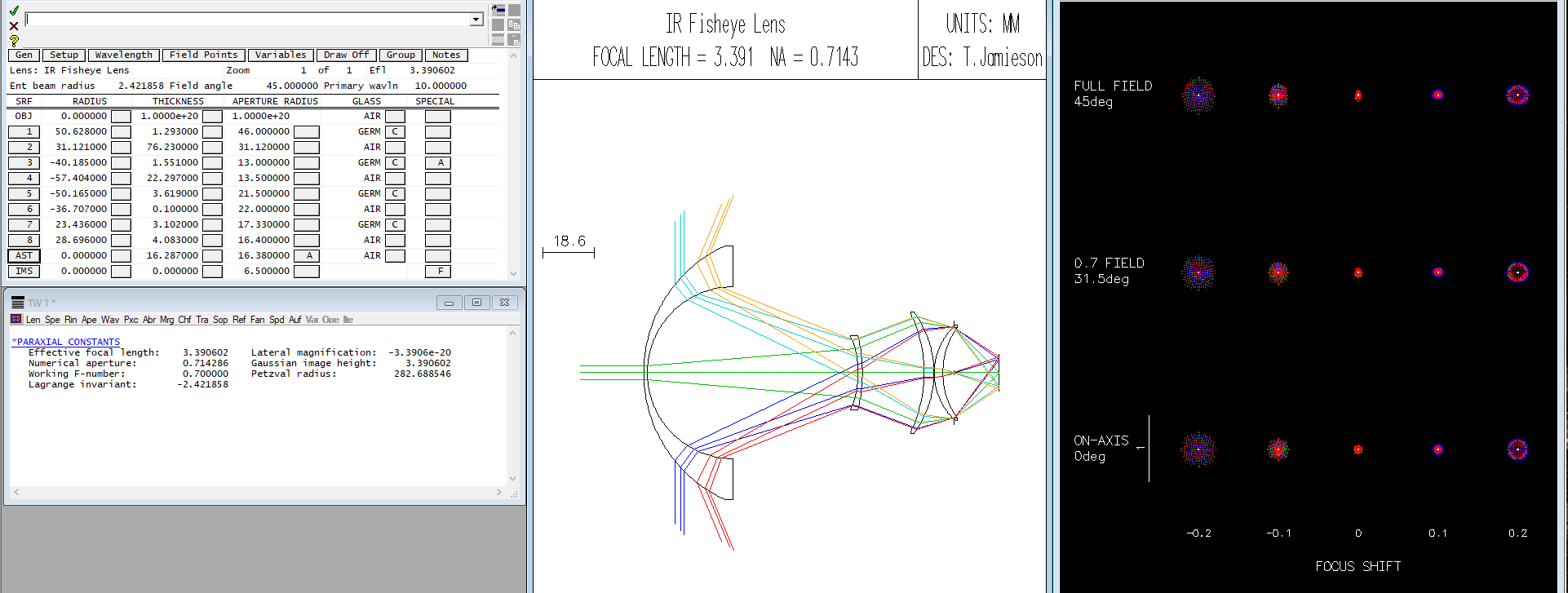
Layout and Optimization Power and Speed
OSLO provides an integrated software environment that helps you complete modern optical design tasks. It is widely used in lens design to determine the optimal sizes and shapes of components in optical systems. OSLO’s raytracing algorithms and analysis features are efficient and provide an excellent foundation for optimizing and analyzing lenses, telescopes, and other optical designs. OSLO has been used to successfully design a multitude of optical systems from concept through testing and manufacturing. OSLO includes multiple local and global optimization and search methods along with many optimization targets to help refine and tune designs for maximum quality.
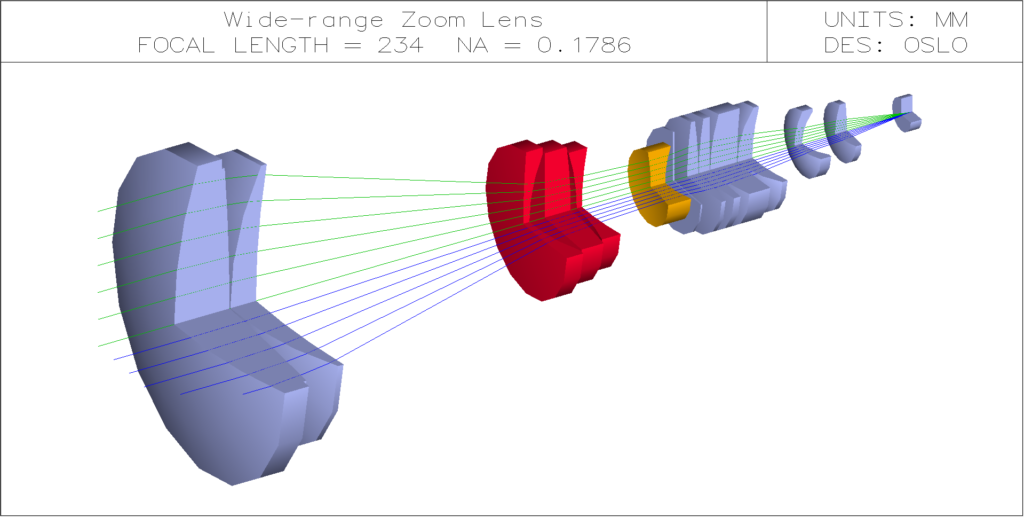
Wide Scope and Applications
OSLO is used worldwide as a primary optical engineering tool for cost-effective design, engineering, and manufacture of optical systems. It has been used in many applications for optical design including space telescopes (including segmented mirrors), camera lenses, zoom lenses, scanning systems, anamorphic systems, cinema systems, microscopes, ocular systems, projection systems, endoscopes, AR/VR/MR systems, photolithographic systems, mobile phone lenses, defense applications, laser systems, spectrometers, holographic systems, and much more. OSLO provides novice and expert users professional design power.
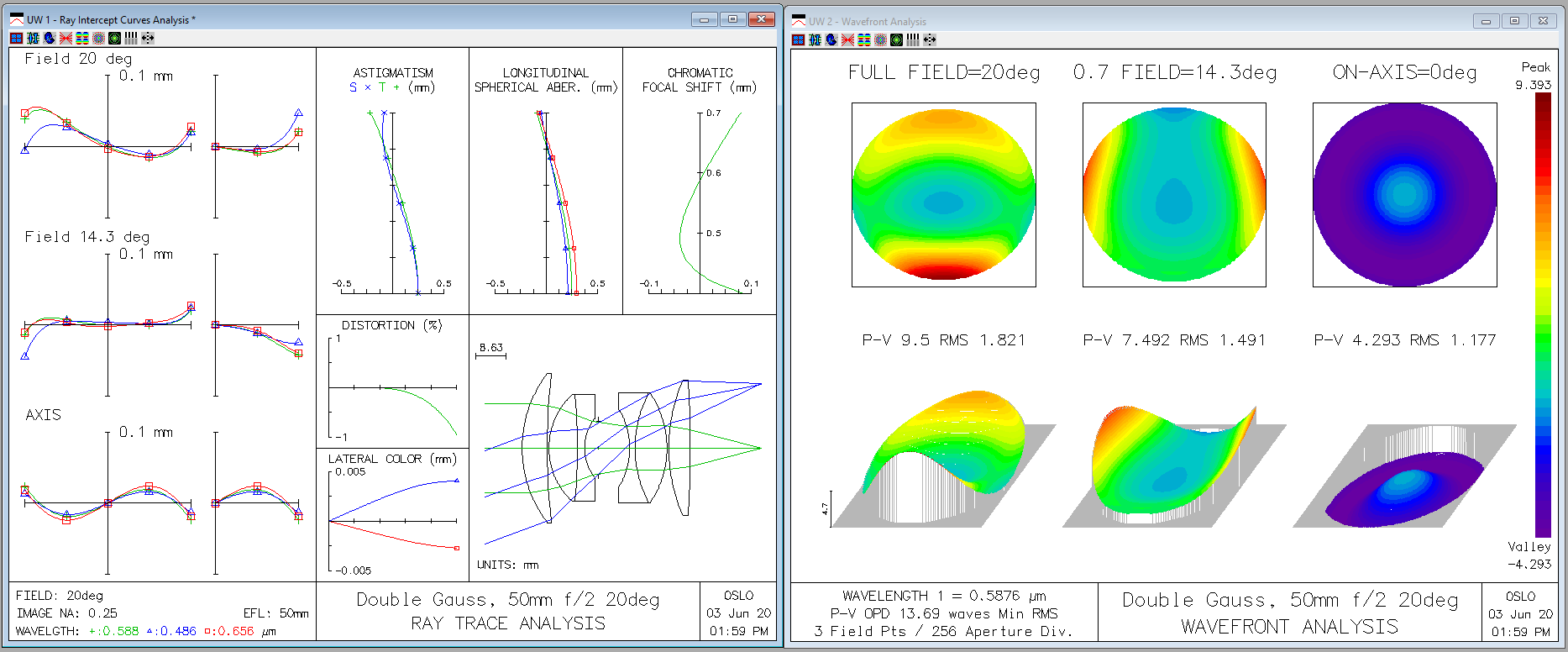
Superior Analysis Capability
OSLO was the first software to demonstrate that serious optical design could be carried out using desktop computers. It has the capability of modeling a wide range of reflective, refractive, prism, and diffractive components. OSLO is an excellent choice for analyzing the performance of optical systems. It includes a wide range of performance metrics such as paraxial analysis, aberration analysis, spot size, encircled energy, ensquared energy, wavefront error, and MTF. All these quantities are easily analyzed and tied back to your key system performance metrics. OSLO’s easy-to-use, internally compiled CCL programming language is a unique feature that makes analysis of optical systems even faster. OSLO enables development of specialized design and analysis methods, without sacrificing any of the typical features for optimization, analysis and tolerancing that designers require to solve problems.
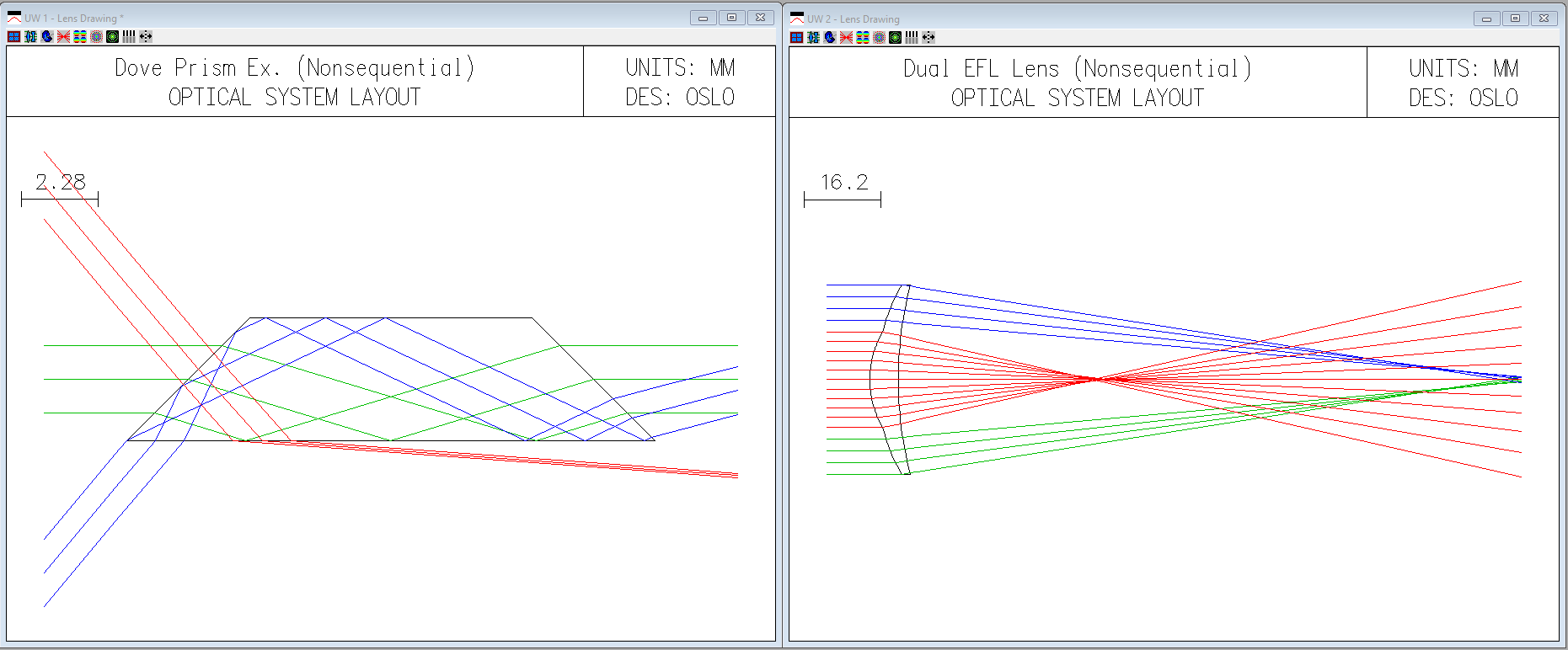
Flexibility and Customization
OSLO is the leader in flexibility for optical design programs. OSLO’s easy-to-use interface allows customization, with toolbar choices and menu options that can be changed by the user. Text output functions have fully addressable data output cells that make extracting data trivial for analysis routines in the included scp macro language, ccl programming languages, dll implementation, or external interfacing through dynamic data exchange. OSLO further gives designers great freedom in defining custom optimization error functions and use of variables to achieve tasks that go well beyond optical design and engineering.
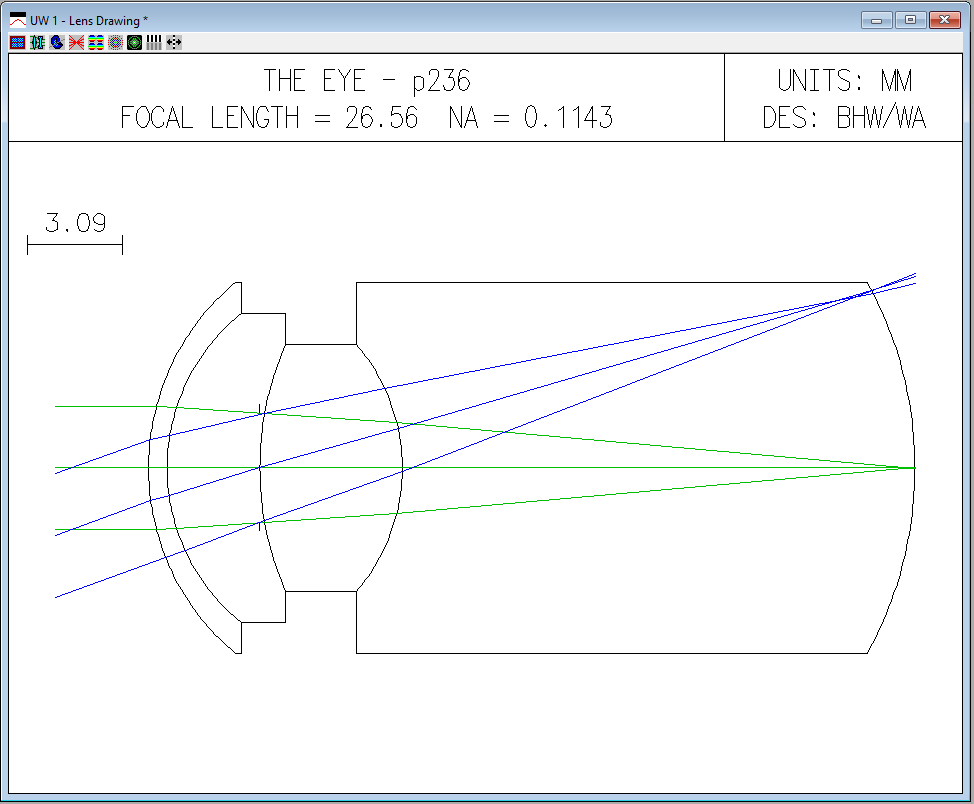
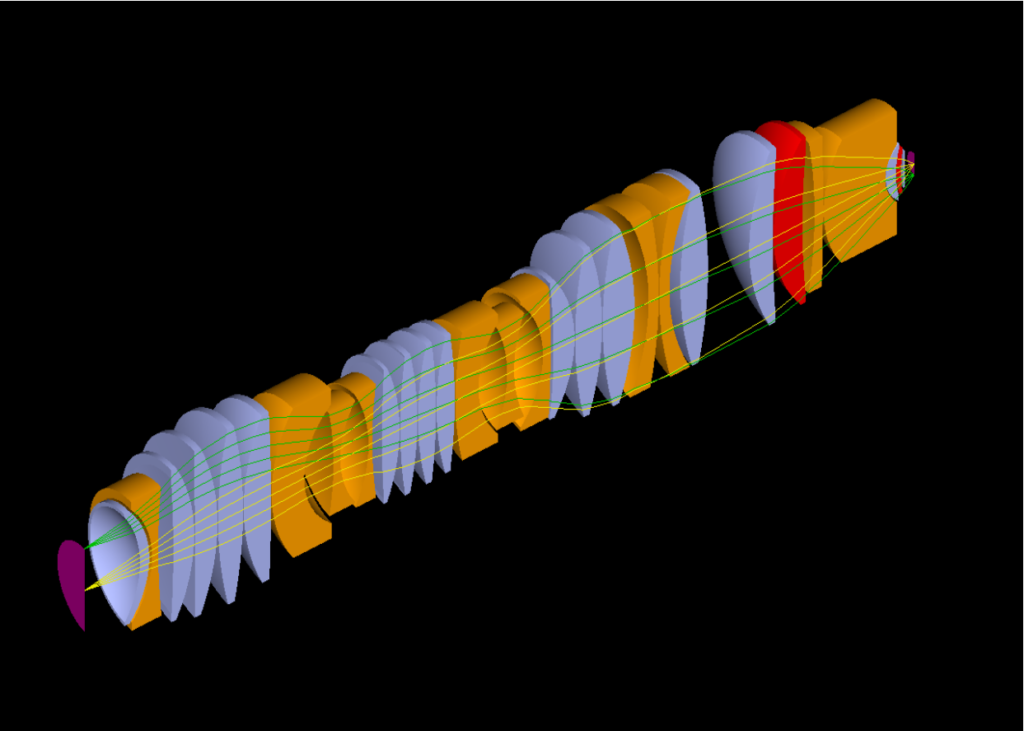
High NA / low f-number systems with extremely challenging requirements.

Design and modeling for specular refraction, reflection, non-sequential optics, and total internal reflection.
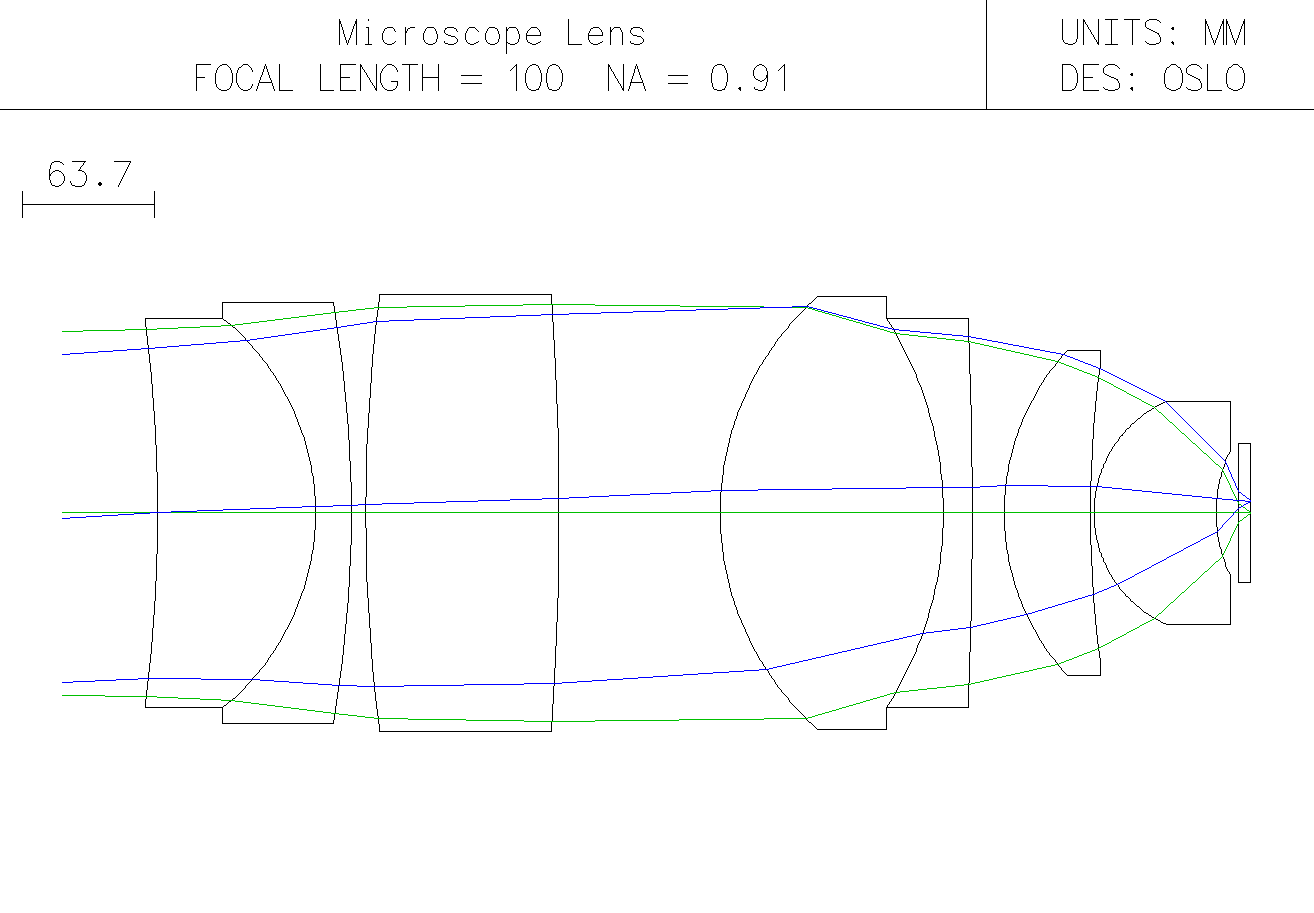
Medical devices and applications.
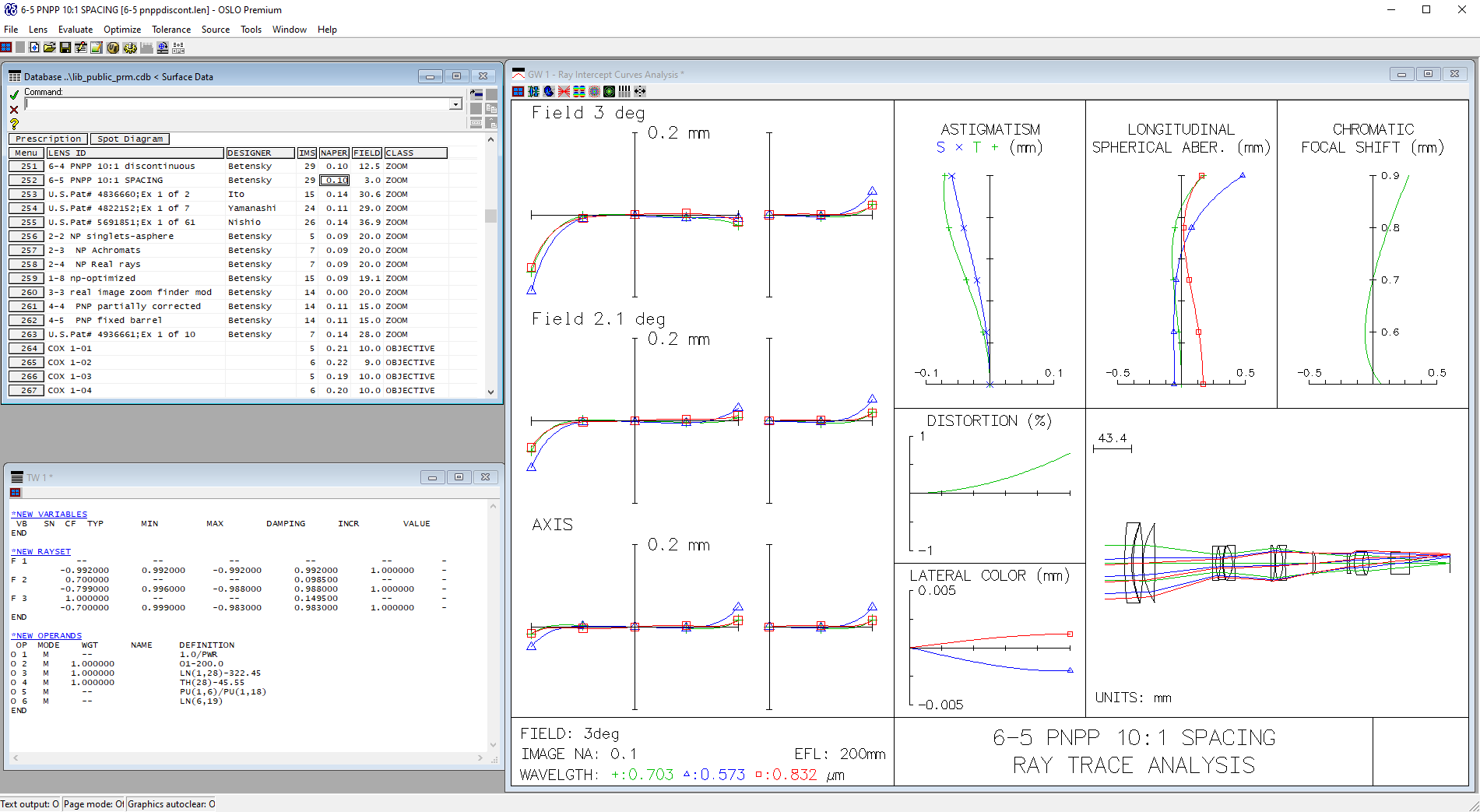
Multiconfiguration and zoom systems.
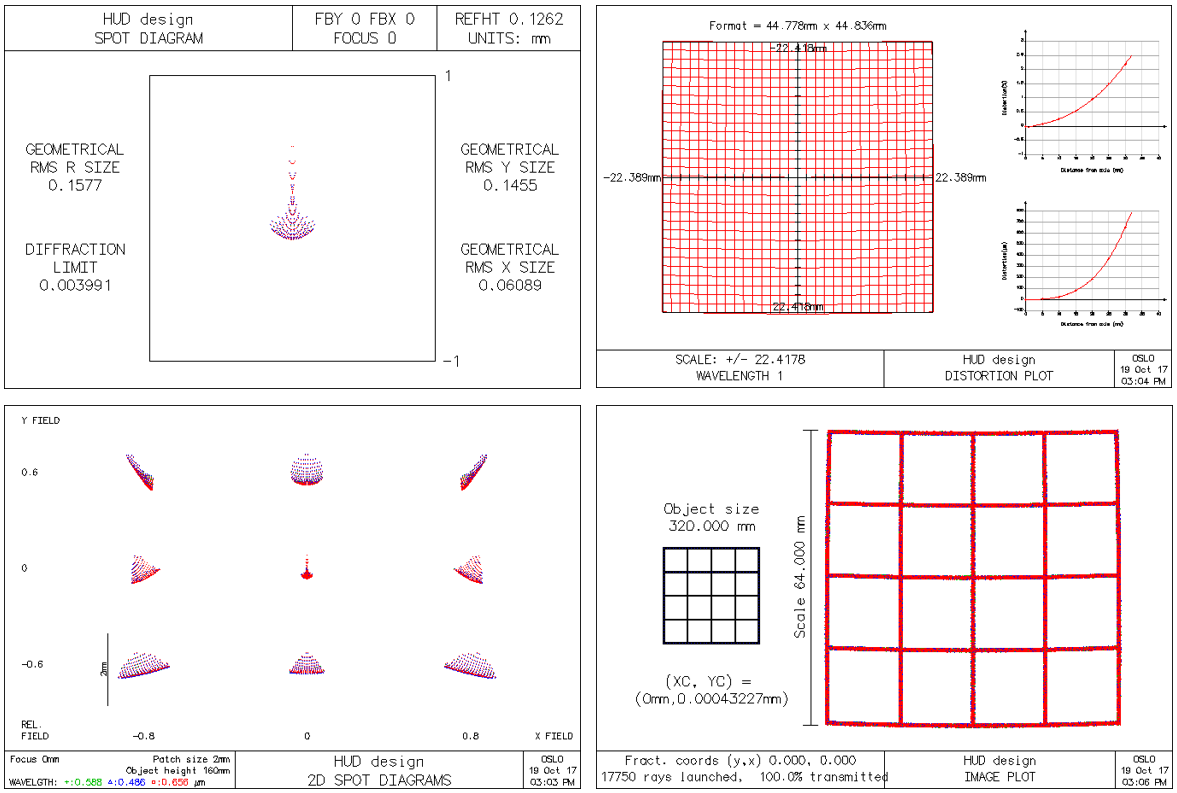
Heads up displays, AR, VR, and MR systems.
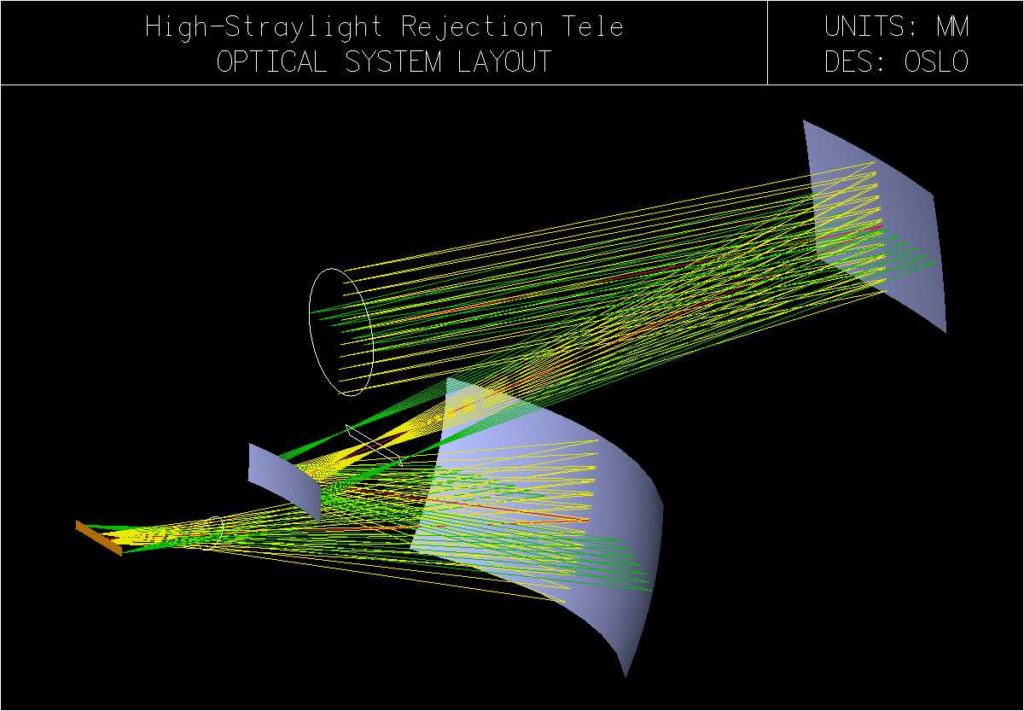
Off-axis optical system design.
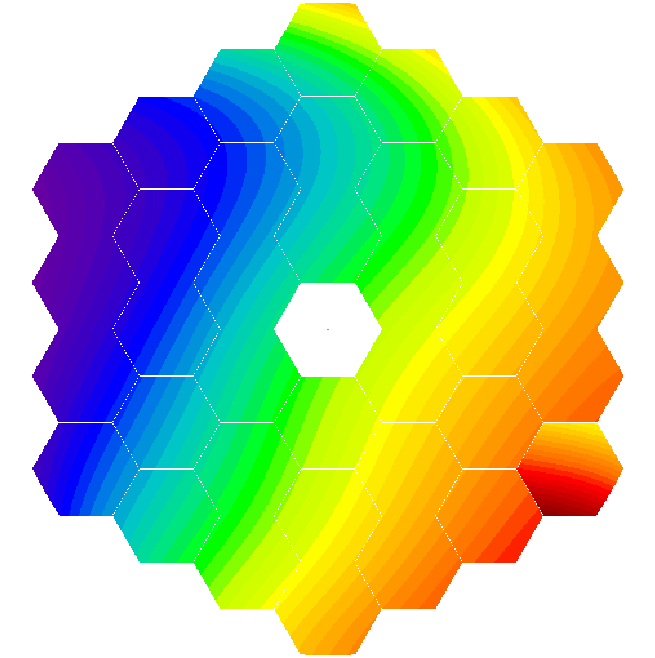
Complex apertures made easy.
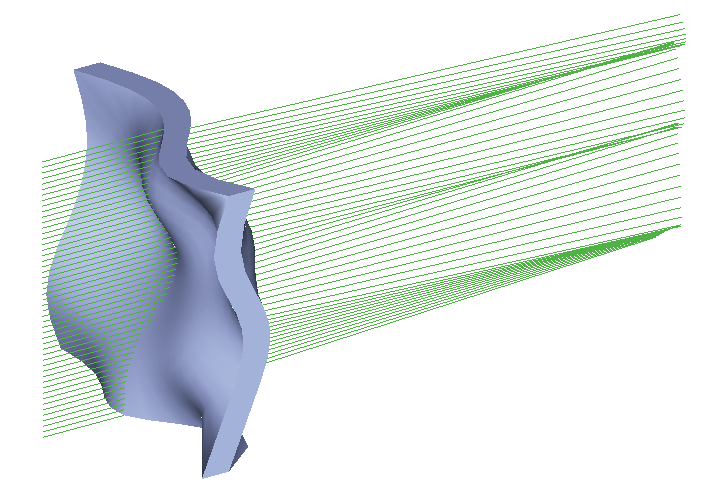
Freeform optics and many asphere types.
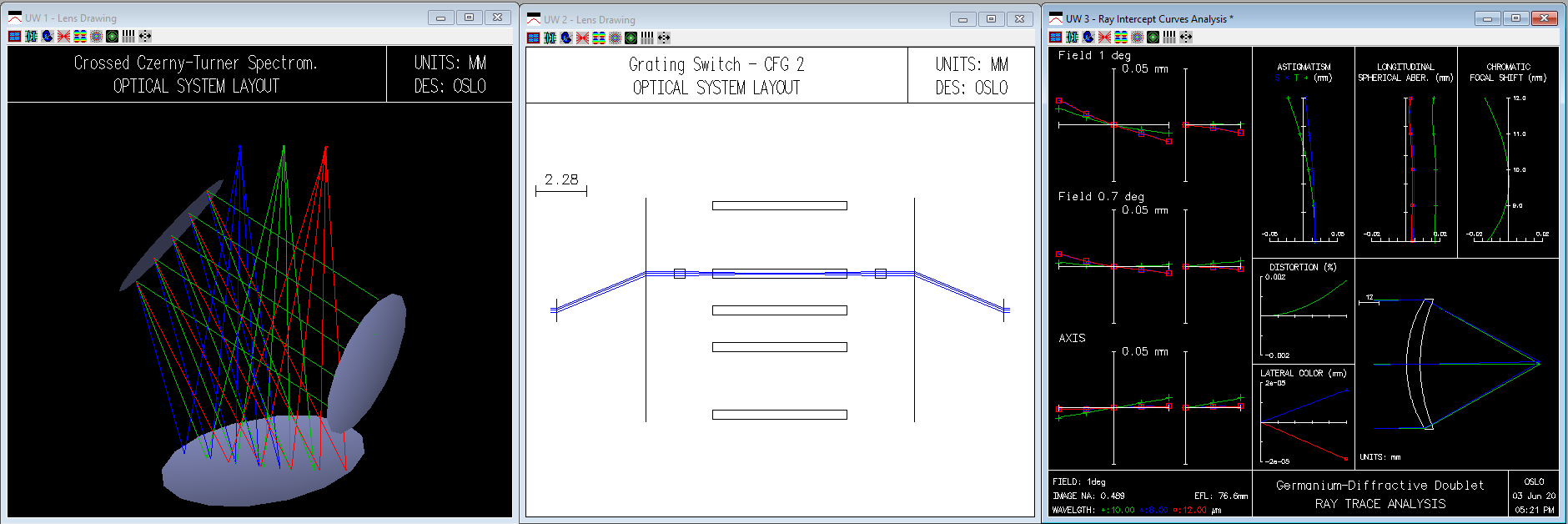
Diffractive optics and diffractive optical systems.
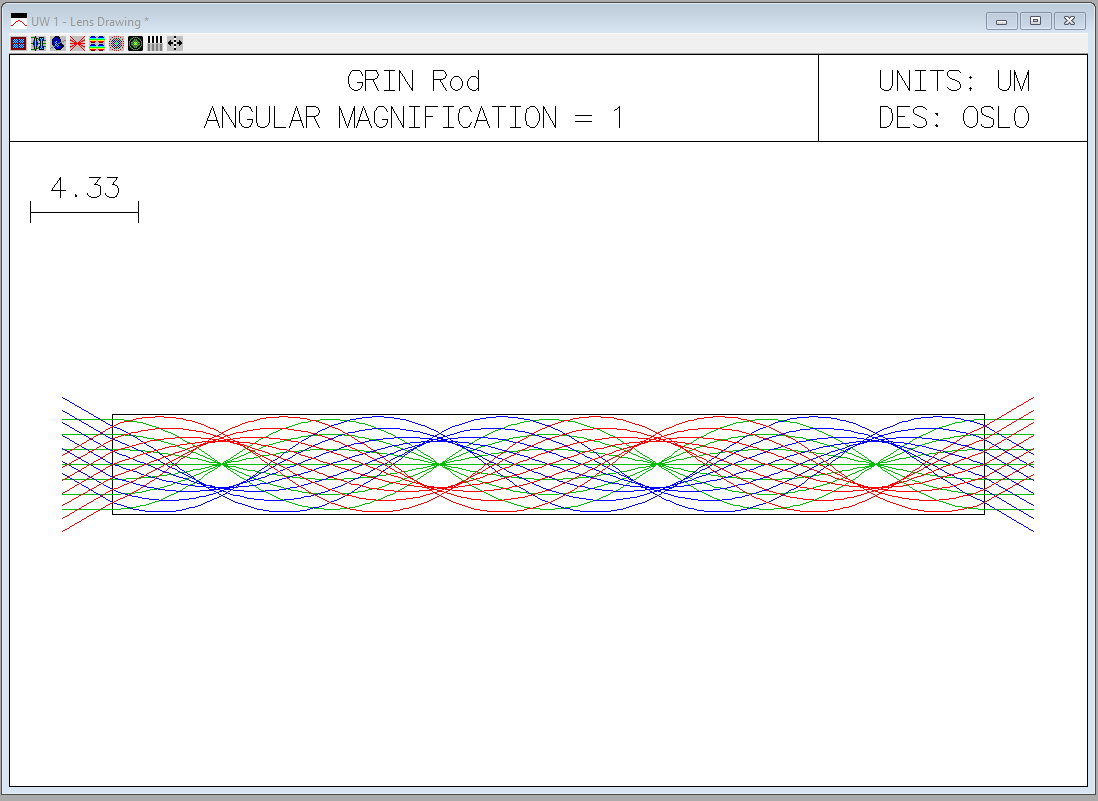
Gradient index media and components.
OSLO EDU
OSLO EDU is a free Windows program with a reduced number of features compared to the Premium edition. It also restricts you to working with systems that have up to 10 surfaces. Although OSLO EDU does not include all the capabilities of OSLO, it does give you optical design power that exceeds many commercial programs. OSLO EDU gives you the basic ability to layout, edit, optimize, analyze, tolerance, and save a wide range of optical systems. OSLO EDU is perfectly tailored for educational use.
More Information
- Data Sheets
- Computer Requirements
Feature Highlights. Explore OSLO’s many features for optical design.
Compare Editions. See which edition meets your design needs.
Current Releases. Go to the current release for downloading.
Optical System Setup. Set up an optical system for optimization or analysis.
Surface Types. View the many types of optical surface supported by OSLO.
User Interface. Discover the versatile user interface.
Optimization. OSLO offers many optimization methods to solve your design problem.
Source and Illumination Analysis. Analyze image quality with point sources, simulate real sources, or calculate vignetting.
Import/Export. Import files from other optical design software and export CAD files.
Advanced Features. Advanced features are available to design unusual optical systems.
Zooms. OSLO has powerful features for designing zoom or other multi-configuration systems.
Tolerancing. Complete and thorough tolerance analysis ensures your design can be built cost-effectively.
Standard Analysis. Standard analysis that every optical designer needs is available here.
Examples. Many examples for getting started in designing with OSLO and writing macro programs are provided.
Tutorials. Detailed tutorials are available to get you up to speed.
Literature. Published articles, papers, and books using OSLO.
OSLO is maintained on the following operating systems:
Operating System |
Minimum RAM |
| Windows 10 (64-bit) | 2 GB |
| Windows 11 (64-bit) | 2 GB |
Disk space required for installation: 200 MB

